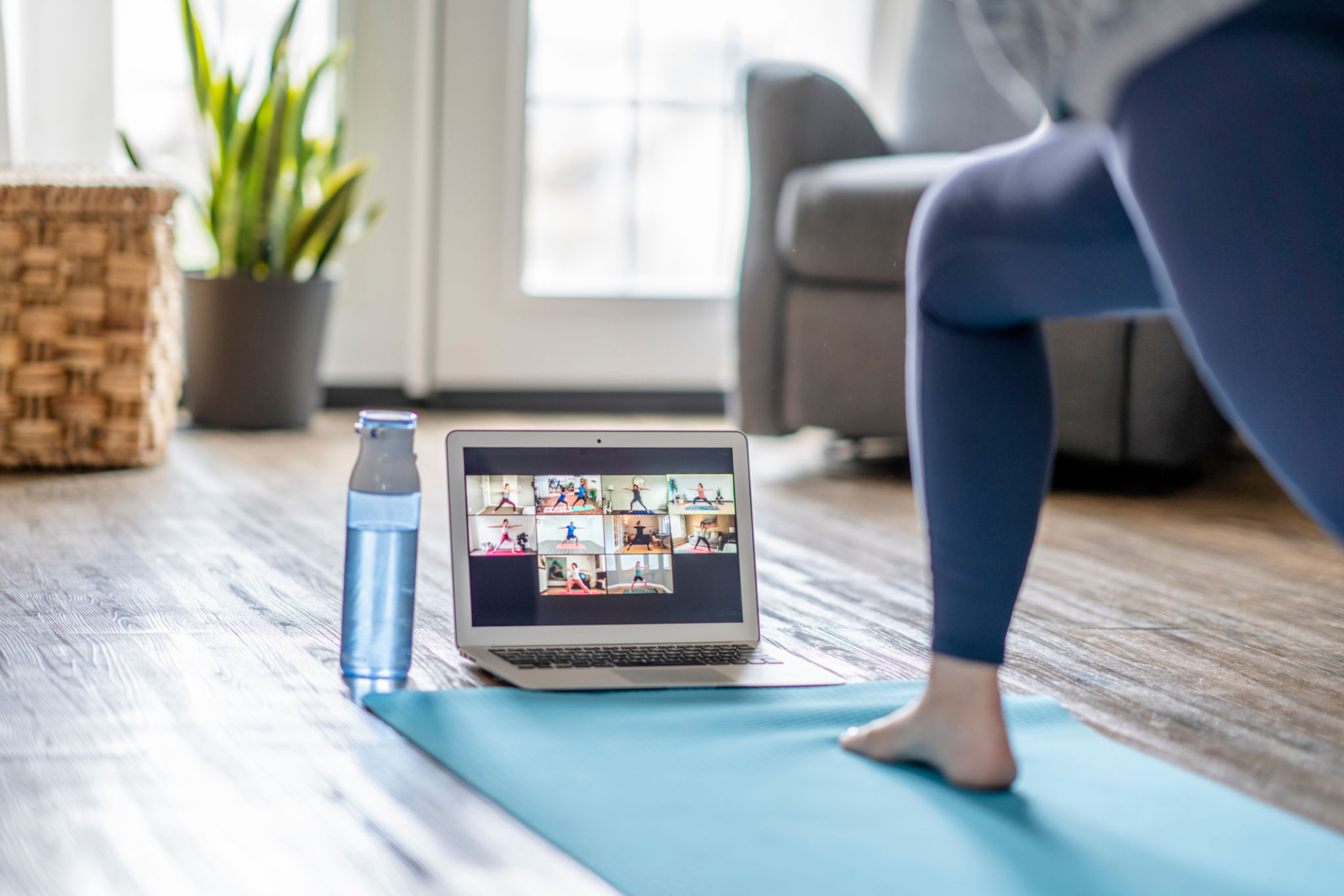- BOOK ME HERE
- About
- ENROLL HERE
- Schedule For Our Personal Financial Development 1 Year Course
- The Challenge
- ELC SHOP CLUB
- Credit Repair and Financial Education Services
- Watch Our Business Presentation
- Contact
- FAQ
- Econ Learning Center Blog
- Terms of service
- Econ Learning Center Channel
- Credit Secrets Live Tv
- ELC Meta Verse Vr Fitness ED Games
Fitness in the Digital Age: How to Stay Active in Virtual Environments
Embracing Fitness in the Digital Age
In today's fast-paced world, technology has permeated every aspect of our lives, including how we approach fitness. The digital age offers a myriad of ways to stay active, even within the confines of virtual environments. From fitness apps to virtual reality workouts, the options are endless for those looking to maintain an active lifestyle.

The Rise of Fitness Apps
Fitness apps have revolutionized the way we approach physical activity. These apps provide personalized workout plans, track your progress, and offer a sense of community through virtual challenges. Whether you're a beginner or a seasoned athlete, there’s an app tailored to meet your fitness level and goals. Some popular choices include MyFitnessPal for tracking nutrition and workouts, Nike Training Club for guided workouts, and Strava for outdoor activities like running and cycling.
With the convenience of having a fitness coach in your pocket, these apps remove the barriers of time and location, allowing you to work out anytime, anywhere. They also offer flexibility, with workouts ranging from high-intensity interval training (HIIT) to yoga sessions.
Virtual Reality Workouts
Virtual reality (VR) is another exciting development in the realm of digital fitness. VR workouts immerse you in a simulated environment that can make exercising more engaging and fun. Imagine boxing in a virtual ring or dancing in an exotic location—all from your living room. This immersive experience not only makes working out enjoyable but also helps improve balance and coordination.

Platforms like Oculus and PlayStation VR offer a range of fitness games and experiences that cater to different interests and fitness levels. These workouts are especially beneficial for those who find traditional exercises monotonous or lack motivation.
Online Fitness Classes
The pandemic has accelerated the rise of online fitness classes, making it easier than ever to join a class from home. Platforms like Zoom or dedicated websites offer live classes where you can interact with instructors and fellow participants in real time. These classes cover a wide variety of disciplines such as yoga, pilates, strength training, and even dance.
Online classes provide structure to your workout routine, ensuring you stay committed to your fitness goals. Additionally, they offer the opportunity to learn from top instructors around the world without the need for travel.

Wearable Technology
Wearable technology is another significant trend in digital fitness. Devices like smartwatches and fitness trackers monitor your health metrics such as heart rate, steps taken, and calories burned. They provide valuable insights into your activity levels and encourage you to stay active throughout the day.
Moreover, many wearables sync with other digital platforms, allowing you to set goals, receive reminders, and celebrate milestones. This data-driven approach to fitness helps you understand your body's needs better and make informed decisions about your health.
Building a Digital Fitness Community
One of the most powerful aspects of digital fitness is the ability to connect with others who share similar goals. Online communities and social media platforms offer support, motivation, and accountability. You can join groups focused on specific interests, participate in virtual challenges, and share your progress with others.
This sense of community not only enhances motivation but also provides opportunities to learn from others' experiences and tips. It's a reminder that even in virtual environments, you're not alone on your fitness journey.
Balancing Screen Time with Physical Activity
While digital tools provide incredible opportunities for staying active, it's essential to balance screen time with physical activity. Set boundaries by scheduling specific times for exercise and incorporating breaks from screens throughout the day.
By maintaining this balance, you can enjoy the benefits of digital fitness without the drawbacks of excessive screen time. Remember that technology is a tool to enhance your lifestyle—not replace physical interaction entirely.

Conclusion
In the digital age, staying active has never been more accessible. With the help of technology, you can tailor your fitness journey to suit your lifestyle and preferences. Whether through apps, virtual reality, online classes, or wearable tech, the tools are at your fingertips to stay fit and healthy in a virtual world. Embrace these innovations and make fitness an integral part of your daily routine.
